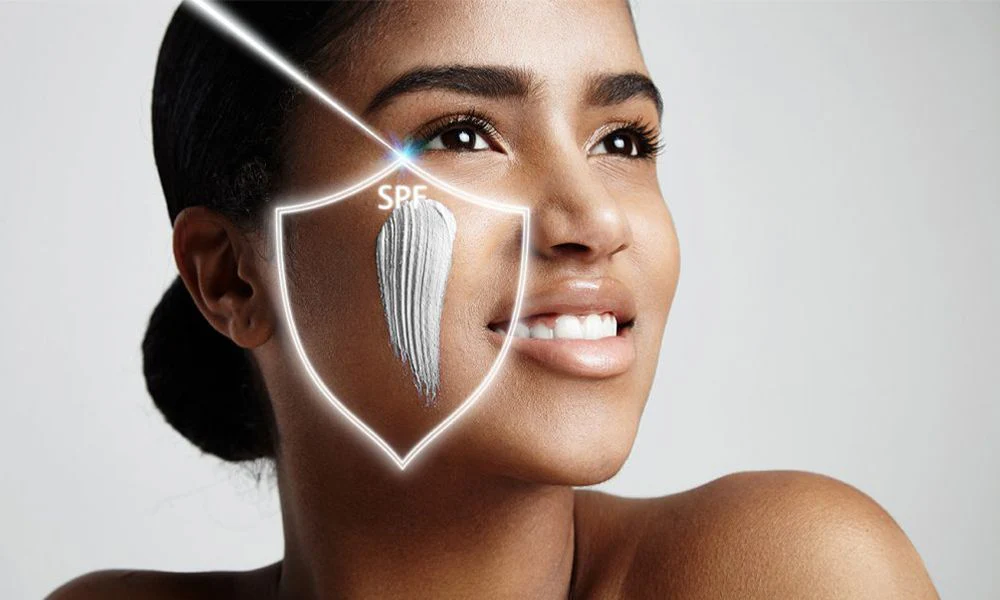Advances in technology can make many things not only simpler but also more effective, and this is also true with dental implants. Technology has advanced with improvements made with the materials used for the dental implants, and how they are fixed and placed in the jaw. Below you will see some technological advances that have aided dentists, and also make the procedures much easier for the patients.
Dental Implant Failure
One of the biggest causes of dental implants failing when they are fixed in the jaw is infection, and advances in technology have assisted dentists in battling this problem. They combat the oral microbial infection by having a reservoir in the implants which secretes antimicrobial agents to attack any potential infections. The implants are made from a porous composite material, typically titanium-silica, and with the antimicrobial agents the chances of the implant failing are significantly reduced. The materials that are used in implants are one of the biggest advances, with strong and robust materials that also help to prevent infection, and allow the patient to recover quicker from the procedure.
Knowing Where To Put The Implants
Before your dentist starts the procedure of fixing the dental implants to your jaw, they will first need scans of your skull and jaw. When you get dental implants at Sydney Dental Surgeons or anywhere else, they will use x-rays and 3D technology to create an accurate image of your head and jaw. Using this information, they can ensure there is enough room in the jawbone for the implants, and where to attach them to the jaw to help make sure that they do not fail. They will then have your implants custom-made for you, ensuring that they are a perfect fit when attached and that they are comfortable for you to wear.
The technology that aids dentists in fixing and creating dental implants is coming on in leaps and bounds, and groundbreaking techniques are being used that will become commonplace in the not too distant future.
The Robotic Dentist
There is a company in Miami, USA called NEOCIS, which is developing a system to bring robots into the dental surgery of the future. The Yomi system will use a CT scan of the patient and automate the treatment, designing the implants so that they fit perfectly, and also planning the angle and depth to drill the implant into the jaw.
In 2017, the system was put to the test in China, where it successfully installed two dental implants in a woman unaided. There were dentists in the clinic that observed and supervised the procedure, but they did not have to intervene with the robot successfully installing them with the process taking just over an hour.
It is not likely that we can get rid of our human dentists any time soon, and they have a much better bedside manner anyway than robots. Advances in technology, such as the Yomi system, are having a significant effect on dental implants. With the likelihood of implant failure being reduced massively, and technology being used to ensure the best fit for the patient, robots may not replace dentists. Still, they will help them to do an even better job in the future.









Comments